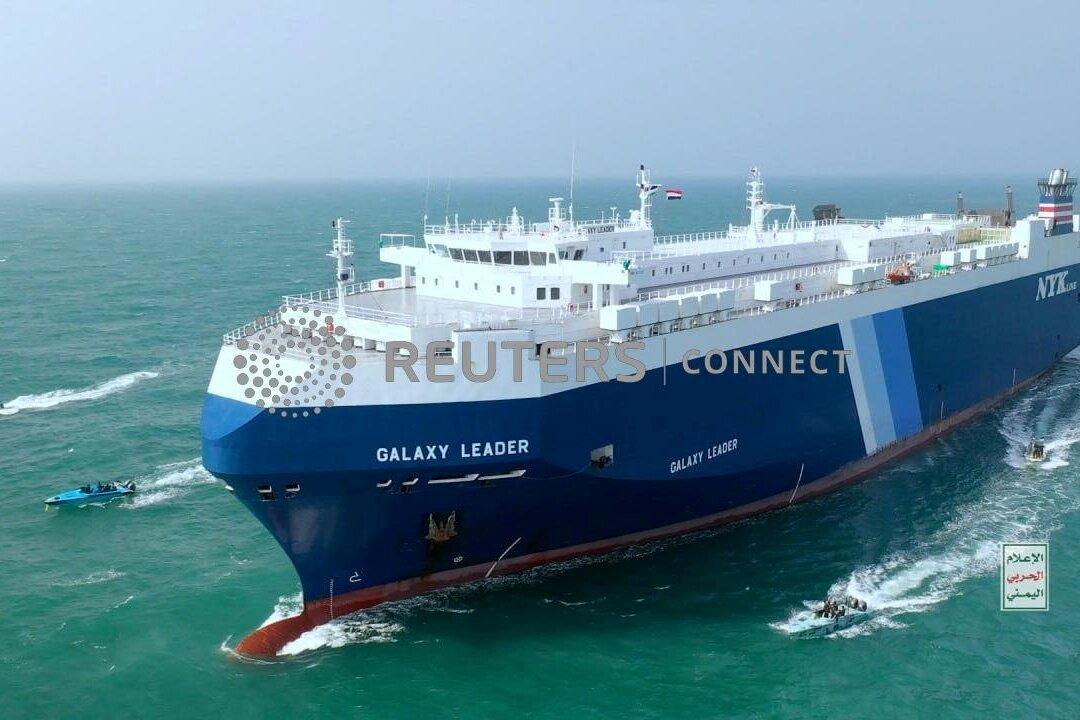Commentary
On Aug. 9, U.S. Secretary of State Antony Blinken promised to punish Iran for attacking an oil tanker near the entrance to the Persian Gulf. He specifically mentioned an attack that occurred in late July. An explosive blast killed two crewmen. The Defense Department believes Iran used drones to deliver the munitions.





